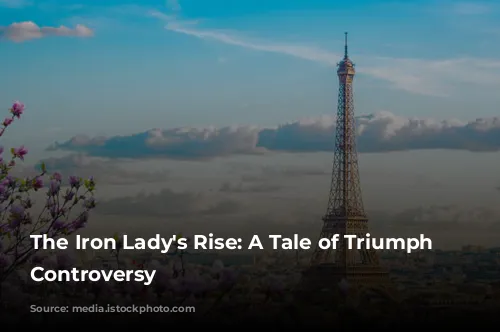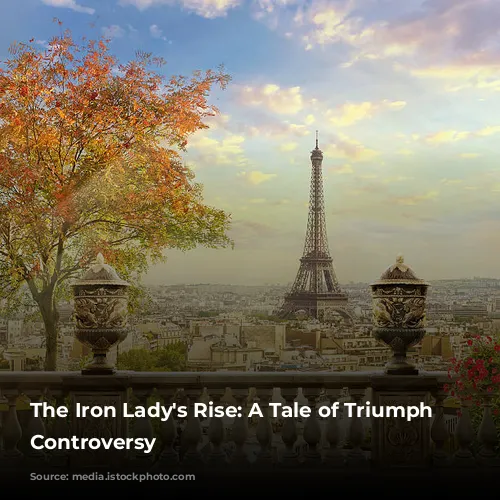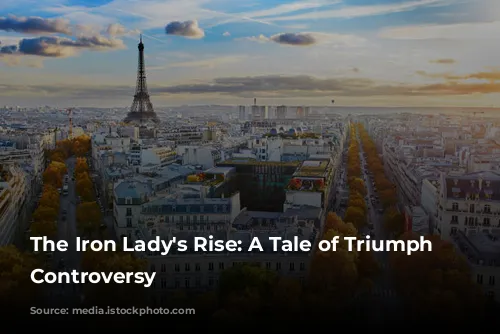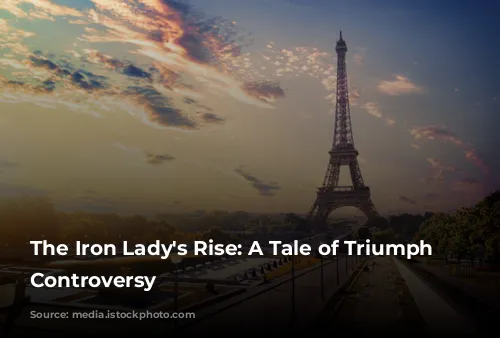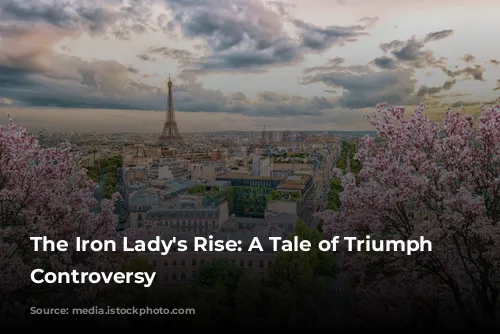The Eiffel Tower, a Parisian icon, wasn’t always celebrated. Its journey to become a beloved landmark was paved with heated debates and fierce competition. Before its construction and for two decades after its completion, the Eiffel Tower was a hot topic of discussion. Let’s dive into the story of Gustave Eiffel’s relentless pursuit to build his masterpiece.
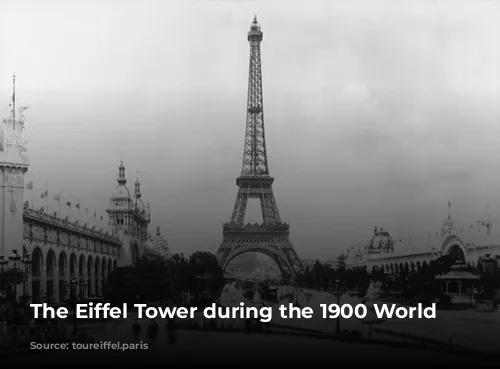
A Towering Rivalry
In the late 19th century, the world was captivated by the pursuit of building the tallest structure. Gustave Eiffel, a visionary engineer, aimed to leave his mark on the world with his iconic tower. However, he wasn’t alone in this ambition. Jules Bourdais, a renowned architect, presented a rival project for a monumental tower made of granite and porphyry. These contrasting visions, iron versus stone, engineer versus architect, modern versus classic, ignited a fierce battle in the press.
Eiffel strategically emphasized the practicality and cost-effectiveness of his iron tower, highlighting its potential scientific and national defense benefits. Meanwhile, Bourdais faced skepticism regarding the feasibility and financial practicality of his ambitious stone tower. The competition reached a turning point in 1886 when a new Prime Minister showed support for Bourdais’ project.
However, Eiffel, a master strategist, didn’t give up. He turned to Edouard Lockroy, the Minister for Commerce, who was responsible for the 1889 World Exhibition. Recognizing the limitations of Bourdais’ plan, Lockroy was swayed by Eiffel’s persuasive arguments and his willingness to finance the entire project in exchange for operational control of the tower.
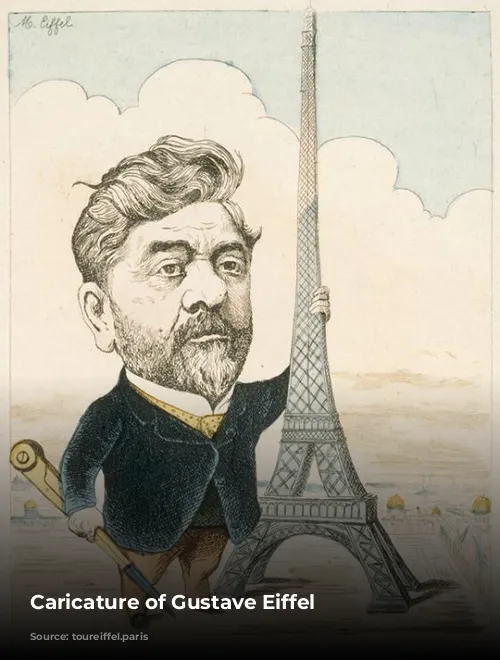
A Towering Battle for Approval
The stage was set for a competition, and Eiffel, with his meticulously crafted plan for an iron tower tailored to the specific requirements, emerged as the winner. But his triumph was only the beginning of a new battle. Architects, outraged by the selection of an engineer for such a prestigious project, launched a fierce campaign against the tower.
On February 14, 1887, a scathing open letter, “Protest against the Tower of Monsieur Eiffel,” was published in Le Temps, signed by prominent figures in the artistic and literary world. The letter condemned the tower as a “useless and monstrous” structure that would defile the beauty of Paris. Gustave Eiffel, however, remained steadfast in his belief in the tower’s beauty and its potential to inspire. He eloquently defended his design, emphasizing the strength and harmony achieved through meticulous calculations and the inherent charm of the colossal.
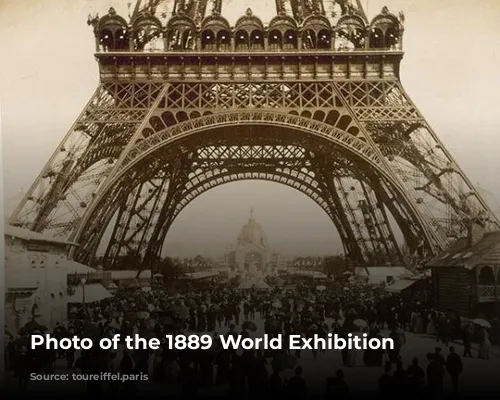
A Towering Challenge: Public Perception
The construction of the Eiffel Tower ignited mixed reactions from Parisians. Some were skeptical of its aesthetics, while others were swayed by the criticism of influential artists. The tower was ridiculed as a “belfry skeleton,” a “tragic street lamp,” and a “mast of iron gymnasium apparatus.” Even the renowned author Guy de Maupassant, reportedly repulsed by the tower, claimed he could only stomach lunch on its first floor because it was the only place in Paris where he wouldn’t have to see it.
Despite the widespread disapproval, the residents’ anxieties were primarily centered around the potential impact on their homes near the Champ de Mars. In a testament to his unwavering dedication to his project, Eiffel personally assumed all risks and promised compensation to local residents in case of an accident. This commitment, along with the undeniable grandeur of the rising tower, gradually began to shift public perception.
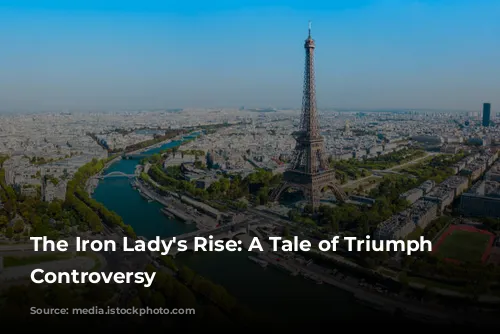
A Towering Triumph: A Symbol of Modernity
On May 15, 1889, the Eiffel Tower opened its doors to the public, welcoming a throng of eager visitors from both France and abroad. The monument, once met with skepticism and disdain, was embraced with enthusiasm, marking a decisive turning point in public perception. Some of the original detractors even publicly apologized for their criticism. The Eiffel Tower had become a symbol of Paris, an icon of modernity.
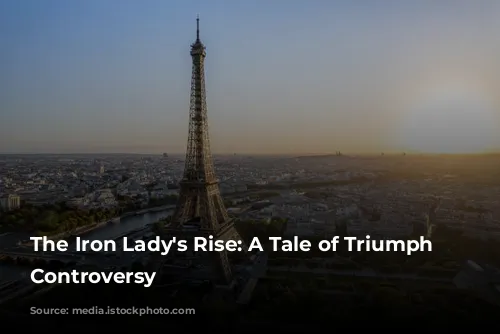
A Towering Legacy: A Monument of Scientific Advancement
Although the Eiffel Tower had won over the hearts of Parisians, some critics, including the prominent architect Charles Garnier, remained unconvinced. In 1894, Garnier spearheaded a new call for projects for the 1900 World Exhibition, offering the opportunity to modify or even demolish the Eiffel Tower. However, no proposal, even the most outlandish, was selected, and the Tower remained standing.
Despite its initial triumph, the Eiffel Tower faced a new threat in 1903. The Paris City Council, with plans to redevelop the Champ de Mars, seriously considered demolishing the structure. However, Eiffel, ever the champion of his creation, actively promoted the tower’s scientific value. He funded and encouraged numerous scientific experiments at the Tower, ranging from meteorological observations to aerodynamics research. The tower’s strategic potential also played a vital role in its preservation. In 1903, with Eiffel’s support, a military network of wireless telegraphy was installed at the Tower, enhancing its strategic significance.
The combination of scientific advancements and strategic importance ultimately secured the Eiffel Tower’s fate. On January 1, 1910, Eiffel’s contract for the Tower’s operation was renewed for 70 years, ensuring its continued presence in the Parisian landscape. The Eiffel Tower, once a subject of controversy, had become a monument of scientific advancement and a symbol of Paris’ enduring spirit.
